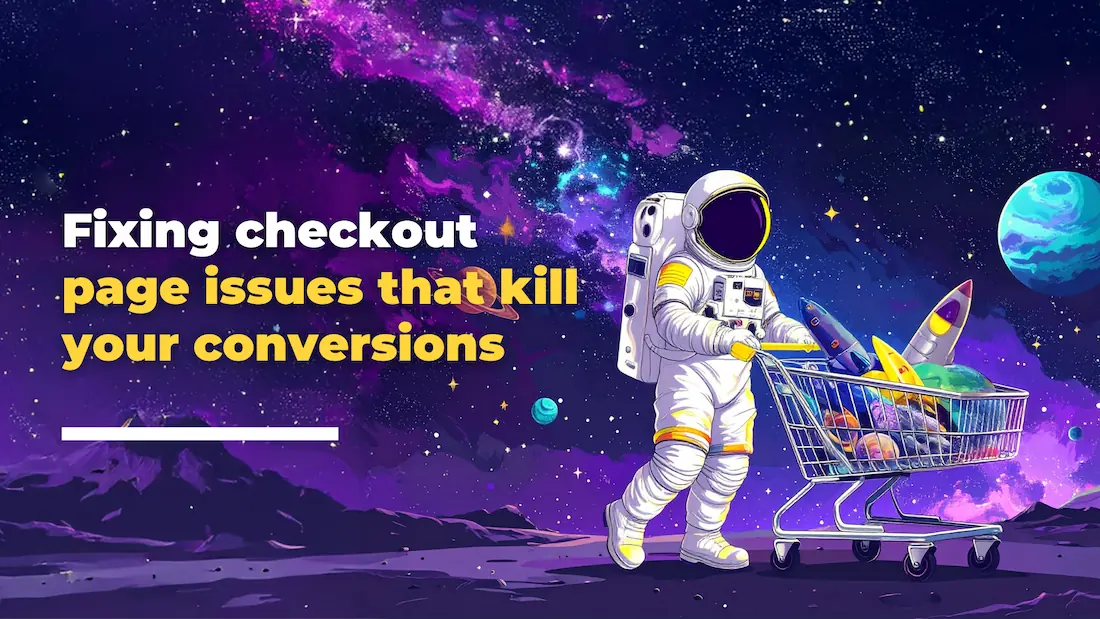Running a Google Ads campaign can be a great way to promote your business. If done right, these campaigns can drive a lot of traffic to your site and increase sales. However, managing these ads can be tricky. Many businesses start strong but soon find their Google Ads budget draining faster than expected. Understanding how Google Ads work and knowing where your money is going can make all the difference.
Ads that don’t get the desired results often suffer from a few common issues. Maybe the ads aren’t reaching the right audience, or perhaps the keywords are too broad. It could also be a case of ineffective ad copy that fails to captivate viewers. For businesses, especially those unfamiliar with advertising glitches, these issues can make campaigns a nightmare. Luckily, there are solutions to help fix these Google Ads budget drains and get your campaign back on track.
Identifying and Fixing Keyword Issues
Picking the right keywords can feel overwhelming, but it’s crucial for staying within budget. Going with keywords that are too broad can throw your Google Ads budget out the window without bringing results. It’s like broadcasting a radio ad in the wrong language; lots of noise, but fewer responses!

To nail down effective keywords:
- Start specific. Choose keywords that closely align with your product or service.
- Avoid broad match. These keywords cast a wide net, capturing too much irrelevant traffic.
- Use negative keywords. They exclude searches not relevant to your business. For instance, if you sell premium art supplies, a negative keyword might be “cheap” to filter out bargain hunters.
Tailoring your keyword strategy will help ensure your Google Ads budget is well spent. With a few tweaks, campaigns can reach the right people without unnecessary expenses.
Optimizing Ad Copy for Better ROI
A compelling ad copy is the heart of a successful Google Ads campaign and maximizing your ROI when it comes to your Google Ads budget. It’s not just about what you say but also how you say it. Crafting ad copy that grabs attention and resonates with the audience can significantly impact your return on investment (ROI). Think of it as crafting a message that speaks directly to potential customers’ needs and desires.
To get started, aim for clarity and relevance. Your ad copy should clearly state what you’re offering and how it benefits the user. Keep it simple but persuasive, ensuring that it reflects the landing page content. By aligning these two, you assure visitors that they’ve come to the right place. Besides, testing different ad variations using A/B testing is key. This process helps determine what works best, refining your message by comparing how different copies perform.
Lastly, don’t forget to use strong calls-to-action (CTAs). Phrases like “Learn More,” “Buy Now,” or “Sign Up” can prompt users to take the next step, making your ad more than just an announcement but an invitation for action.
Monitoring and Adjusting Bids
Keeping a close eye on your bids ensures you get the most from your budget without any unpleasant surprises. Regular monitoring helps prevent overspending and lets you adapt to changing market dynamics. If a specific keyword is driving lots of conversions, it may be worth increasing your bid to maximize its potential.
Here are a few tips to manage your bids effectively:
- Analyze performance regularly to identify trends and adjust the bids you’re directing your Google Ads budget to accordingly.
- Use bid modifiers to adjust bids based on device, location, or time of day.
- Explore automated bidding strategies that can optimize for specific goals, like clicks or conversions.
This proactive approach keeps your campaign agile, allowing it to respond well to what’s happening on the ground.
Utilizing Geo-Targeting for Local Efficiency
Geo-targeting is a fantastic tool, especially for businesses focused on local clientele like those in Vancouver. It ensures your ads reach potential customers in specific locations, optimizing spending and maximizing relevance to your audience.
Implementing geo-targeting involves setting parameters so that your ads show up only to users in your desired area, be it the entire city or specific neighbourhoods. This can be particularly useful during local events or public holidays.
Here’s how to make the most of geo-targeting:
- Define target areas and adjust bids based on the location’s potential.
- Tailor your ad copy to reflect local events or culturally relevant themes.
- Monitor location-specific metrics to better understand performance.
With geo-targeting, your campaign becomes more directed, focusing efforts where they are most likely to pay off.
Maximizing Your Google Ads Budget
Managing Google Ads effectively comes down to preparation, understanding, and ongoing adjustments. By targeting the right keywords, crafting engaging ad copies, monitoring bids, and leveraging geo-targeting, your campaign can run smoothly and successfully.
Remember, the goal is to reach the right audience without draining your budget. As you refine each component, you create a cohesive strategy that works efficiently. It’s worth considering expert assistance to continuously optimize strategies, taking the guesswork out and keeping your campaign aligned with your business goals. With well-managed tactics, you can transform your ad spend into a powerful tool for growth.
For businesses ready to refine their advertising strategies without the headache of managing it all alone, Loomo offers expert guidance. Explore how our agency can help optimize your campaign for better results, ensuring every dollar spent effectively contributes to your goals. Let’s transform your ad spend into a driving force for business growth. Get in touch now!





